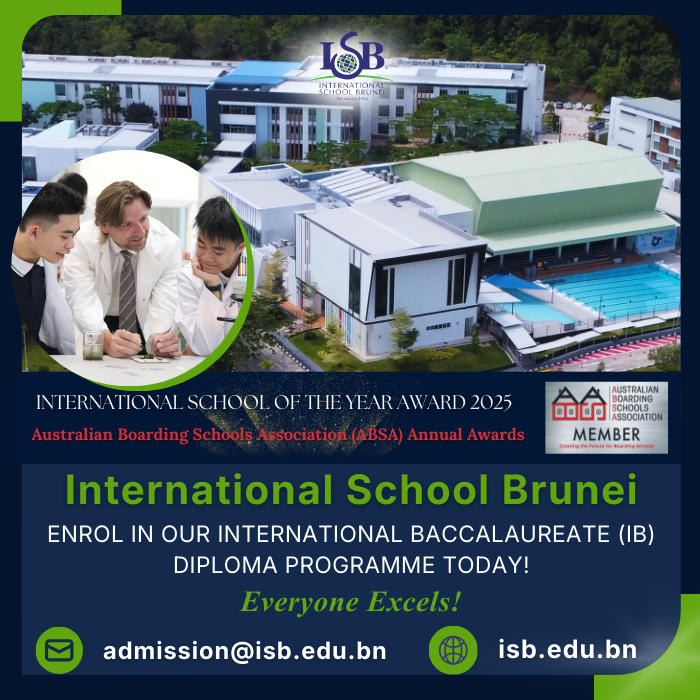What Are Special Educational Needs?
Children with special educational needs (SEN) face learning difficulties in the form of disorders and disabilities. Some of the common learning disorders among children are dyslexia, dyscalculia and dyspraxia. Children who have medical disorders such as attention deficit hyperactivity disorder (ADHD) and autism will face learning disruptions as well.
Learning disorders and disabilities are caused by abnormality, injury and impairments from a disease. Children with SEN will encounter obstacles when it comes to schoolwork and personal organisation. They may also have trouble maintaining friendships and relationships with adults.
Special Educational Needs Centres in Singapore
The special needs centres in Singapore are called special education (SPED) and are operated by Singapore’s Ministry of Education. Currently, there are 19 government-funded special education schools in Singapore. Class sizes are much smaller so that teachers and teacher aides can provide individualised attention and intensive support to students. Some enhanced facilities in these SPED schools in Singapore include sensory integration rooms, hydrotherapy pools, therapy room, indoor play rooms and. vocational training rooms. Singaporean students in SPED schools also have the opportunity to participate in joint activities with mainstream schools via co-curricular activities. SPED schools also can collaborate with parents to develop an Individual Education Plan (IEP) for their child that tailors to their specific needs. In secondary school, an Individual Transition Plan (ITP) can be developed to prepare students for post-school life.
How to Help Children with Special Educational Needs?
There are a few things parents with SEN children can do to create a positive and loving environment at home. Firstly, they can come up with simple tasks for their children to complete which will lead to a sense of achievement and pride. For these tasks, parents should always give clear instructions that are easily understandable. Next, parents can also give descriptive praise to their children when they do well to boost self-esteem. It is also important for parents to have meaningful conversations with their children and provide a safe avenue for them to express their feelings. Parents need to realise that they cannot rely on the school completely to teach their children. They have to do their part by teaching their children soft skills which build self-confidence.
In addition, there are several ways teachers can help create a more conducive learning environment for children with SEN. Teachers have to ensure that the classroom is organised and has as little distractions as possible. It is also important to schedule learning breaks throughout the day. Next, teachers can incorporate music and voice inflection when giving instructions. Students with SEN may respond better to varied voice inflection and tone. Teachers also need to get creative with their lesson plans and include multi-sensory cues such as visual cues, auditory cues and tactile cues when teaching SEN students something new. Last but not least, teachers must always motivate SEN students and give compliments and reassurance for small accomplishments.
The Benefits and Importance of Special Educational Needs Centres
Children with SEN must not be equated to slow learners or individuals who are less intelligent. They are often as smart as their peers, the only difference is that they need to learn in a different way. Teachers and parents alike should recognise that each child has unique interests, abilities, intelligences and learning preferences. Therefore, continuous effort is needed to ensure children with SEN are educated to their fullest potential.
This effort must come in the form of special education, which can be defined as educational programmes and practices designed for students with learning disabilities and special educational needs. Each child, especially those with SEN, have the right to receive the same level of education as their peers and receive the same academic opportunities as them. Furthermore, children with SEN will be able to interact with other children and develop their communication skills and interpersonal skills. Being in a classroom environment will also increase their confidence and self-esteem and create a positive mindset.
What is the Special Educational Needs curriculum in Singapore?
Special needs education in Singapore follows the SPED Curriculum Framework of Living, Learning and Working in the 21st century and was introduced in 2012. This framework focuses on six core learning elements — academic, daily living, physical education and sports, social-emotional, the arts and vocational.
Special educational needs schools in Singapore also give students the choice of following the national curriculum or a customised curriculum. The Singapore national curriculum is offered at selected SPED schools to students that show adequate cognitive skills and adaptive skills. These students can choose to enrol in mainstream secondary schools after completing their Primary School Leaving Examinations (PSLE). Those with autism can continue their education at Pathlight School if they wish. In addition, there are also designated secondary schools in Singapore offering specialised learning support depending on the student’s needs.
Schools that offer special education in Singapore generally offer a customised curriculum aimed at providing a child-centred learning experience for children with special needs. The curriculum aims to develop students' potential and equip them with essential knowledge and life skills.
A number of international schools have departments dedicated to learning support and helping students with SEN. Some of the provisions provided at these schools include classroom support, one-on-one learning, parent involvement, specialised programmes and counselling.
Types of Special Educational Needs
Here are the common types of learning disorders children with SEN face:
1. Dyslexia
Dyslexia is a language-based disability that affects spelling, reading and comprehension.
2. Dyscalculia
Children with dyscalculia find it difficult to grasp mathematical concepts. These concepts include numerical organisation, understanding quantity and calculating value and time.
3. Dysgraphia
Dysgraphia concerns the physical act of writing. Children with dysgraphia have difficulty holding a pencil and have little spatial awareness.
4. Dyspraxia
Dyspraxia is a condition where there is delayed neurological development in muscle coordination and movement.
5. Attention Deficit Hyperactivity Disorder (ADHD)
ADHD can be broken down into two elements, inattentiveness and hyperactivity. Inattentive children have a short attention span which results in trouble paying attention and focusing on a task.
6. Auditory Processing Disorder (APD)
APD is where children have difficulty processing sounds and may confuse the order of sounds or be unable to filter different sounds, like a teacher's voice versus the background noise.
7. Language Processing Disorder
A language processing disorder impacts the child's ability to understand and use language effectively. It affects different language aspects such as speaking, listening, reading, writing and social communication.
8. Nonverbal Learning Disabilities (NVLD)
NVLD affects the child's ability to interpret nonverbal cues and information such as body language, facial expressions, and tone of voice. This can impact the child's ability to navigate social situations, academic work and daily activities that require the use of nonverbal communication.
How do you apply for Special Educational Needs Centres?
For SPED schools in Singapore, there is a step-by-step process for parents to follow. Firstly, they need to identify three suitable schools and learn about the school’s application process. They then need to download and fill up the special education school application form. After the form has been sent, the schools will arrange for an assessment for their child and will send an offer letter to parents within three to six months if the application is successful. Parents are encouraged to seek help from referring agencies when choosing a SPED school for their child, whether it be Early Intervention Programme for Infants & Children (EIPIC) centres, social workers or counsellors.
For international schools, children with SEN may be required to go through an assessment and consultation with the academic staff to gauge whether the school will be able to provide suitable provisions for the type of learning disability the child might have. On the other hand, dedicated learning centres supporting SEN students may require parents to fill up a pre-assessment form online before booking a scheduled evaluation and assessment with a specialist.
How to choose the right Special Educational Needs Centre
The type and amount of learning support differ from school to school. Therefore, it is important for parents to speak to the school honestly about their child’s needs and ask for detailed information on the school’s provisions for SEN. Parents should also make an effort to seek help and identify the type of learning disability their child has as early as possible.
References

































